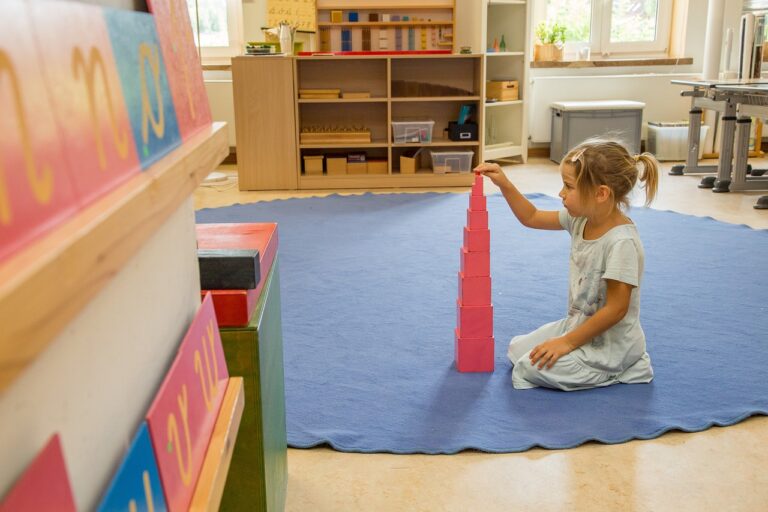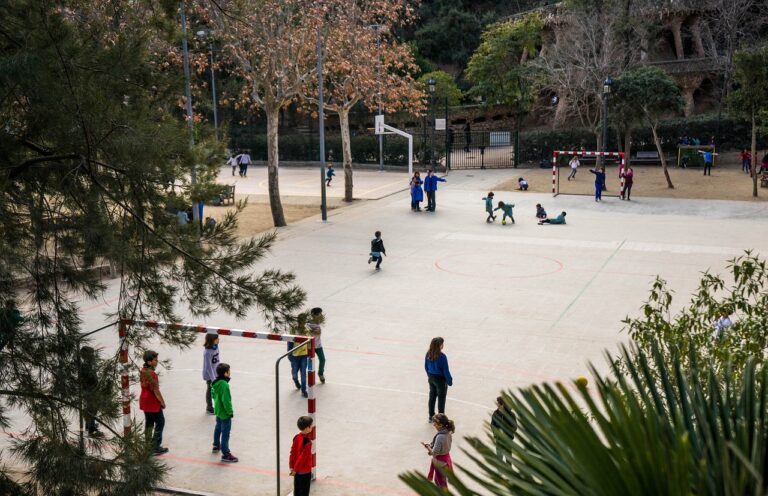Analyzing the Role of Virtual Reality in Firefighter Training
Firefighter training methods have evolved significantly over the years to meet the demands of an ever-changing landscape of emergencies and disasters. Gone are the days of basic training drills; today’s firefighters are exposed to cutting-edge technology and real-life scenarios that simulate the challenges they may face in the field. This transformation in training methods has been paramount in ensuring that firefighters are well-prepared and equipped to handle the diverse range of incidents they encounter.
One of the key drivers of the evolution in firefighter training has been the shift towards more interactive and practical approaches. Simulations, live-fire exercises, and scenario-based training have become integral components of modern training programs, allowing firefighters to develop their skills and decision-making abilities in a realistic setting. By replicating the intensity and unpredictability of real emergencies, these training methods not only enhance technical proficiency but also foster critical thinking and teamwork among firefighters.
Traditional Challenges Faced in Firefighter Training
One common challenge faced in firefighter training is the physical demanding nature of the work. Firefighters are required to be in top physical condition to be able to perform their duties effectively during emergencies. This can be especially challenging for individuals who may not have a consistent workout routine or who struggle with certain physical tasks.
Another challenge is the high level of stress that firefighters are exposed to during training exercises. The intense and often dangerous nature of the scenarios they are placed in can be mentally taxing, requiring them to develop strong coping mechanisms and stress management skills. This aspect of training is vital to ensure that firefighters can make quick and effective decisions in high-pressure situations without becoming overwhelmed.
Benefits of Virtual Reality in Firefighter Training
Virtual reality (VR) has revolutionized the way firefighters are trained by providing a realistic and immersive learning experience. Through VR simulations, trainees can practice a wide range of firefighting scenarios in a controlled environment, allowing them to develop critical skills and knowledge before facing real-life emergencies. This hands-on training approach not only enhances the effectiveness of learning but also increases the confidence of firefighters in handling challenging situations.
Furthermore, virtual reality in firefighter training enables instructors to create customized scenarios based on specific training needs and requirements. This flexibility allows trainees to practice different techniques, strategies, and decision-making processes in a safe and controlled setting. By incorporating VR technology into training programs, fire departments can significantly improve the overall preparedness and competency of their personnel, ultimately leading to more effective emergency responses and enhanced safety for both firefighters and the communities they serve.
How has firefighter training methods evolved over time?
Firefighter training methods have evolved from traditional classroom lectures to more hands-on practical exercises to better prepare firefighters for real-life emergency situations.
What are some of the challenges faced in traditional firefighter training?
Some of the challenges faced in traditional firefighter training include limited access to realistic training scenarios, high costs associated with setting up training facilities, and potential safety risks to trainees.
How can virtual reality benefit firefighter training?
Virtual reality can benefit firefighter training by providing a safe and cost-effective way to simulate realistic training scenarios, allowing trainees to practice their skills in a controlled environment, and offering instant feedback for performance improvement.
Can virtual reality be used to train for specific fire scenarios?
Yes, virtual reality can be customized to simulate a wide range of fire scenarios, including high-rise building fires, wildfires, hazardous material incidents, and more, allowing firefighters to practice their response tactics in a variety of situations.
Are there any limitations to using virtual reality in firefighter training?
While virtual reality offers many benefits for firefighter training, it may not fully replicate the physical and emotional challenges of real-life emergency situations. It should be used as a supplement to hands-on practical training rather than a replacement.





